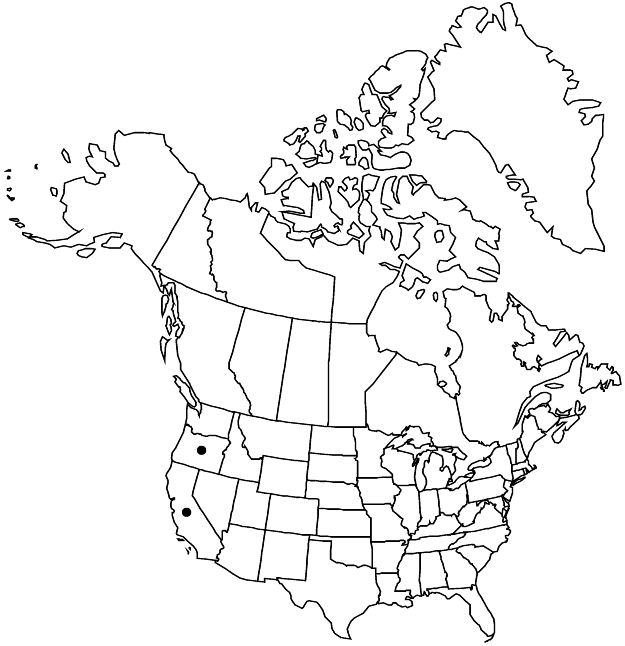Difference between revisions of "Ceanothus arcuatus"
Ceanothus, 247, fig. 82. 1942.
FNA>Volume Importer |
FNA>Volume Importer |
||
| Line 52: | Line 52: | ||
|publication year=1942 | |publication year=1942 | ||
|special status=Endemic | |special status=Endemic | ||
| − | |source xml=https://jpend@bitbucket.org/aafc-mbb/fna-data-curation.git/src/ | + | |source xml=https://jpend@bitbucket.org/aafc-mbb/fna-data-curation.git/src/f6b125a955440c0872999024f038d74684f65921/coarse_grained_fna_xml/V12/V12_783.xml |
|genus=Ceanothus | |genus=Ceanothus | ||
|subgenus=Ceanothus subg. Cerastes | |subgenus=Ceanothus subg. Cerastes | ||
Revision as of 18:20, 24 September 2019
Shrubs, 0.3–0.8 m, moundlike. Stems ascending or spreading, not rooting at nodes; branchlets brown to grayish brown, ± rigid, tomentulose, glabrescent. Leaves sometimes fascicled, axillary short shoots ascending to spreading; petiole 1–2 mm; blade flat, elliptic to oblanceolate, 4–10 × 2–5 mm, base rounded, margins thick, not revolute, usually entire, rarely denticulate near apex, teeth 1–3, apex rounded to obtuse, abaxial surface green to pale green, glabrate, adaxial surface pale green, glabrous. Inflorescences axillary or terminal, 0.8–2.5 cm. Flowers: sepals and petals white to pale blue; nectary pale blue or yellow tinged. Capsules 4–6 mm wide, not to weakly lobed; valves smooth to rugulose, horns subapical, prominent, erect, intermediate ridges absent.
Phenology: Flowering May–Jun.
Habitat: Granitic or serpentine soils, conifer forests.
Elevation: 900–2300 m.
Discussion
Ceanothus arcuatus was explicitly described as a species by McMinn but inexplicably treated as a hybrid between C. fresnensis and C. cuneatus by P. A. Munz (1959). Munz may have been influenced by McMinn’s hypothesis that C. arcuatus was derived through hybridization between the two species. Some specimens from the Klamath Mountains have been either interpreted as C. cuneatus or misidentified as hybrids between C. pumilus and C. cuneatus. Populations of C. arcuatus are relatively uniform throughout their geographic distribution and often represent the dominant understory shrub in conifer forests of the Klamath Mountains and Sierra Nevada. Ceanothus arcuatus occurs primarily on metamorphic substrates in the Klamath Mountains and the northern Sierra Nevada, but in the central Sierra Nevada (Nevada County south to Madera County), the most common substrate is granitic.
Selected References
None.
